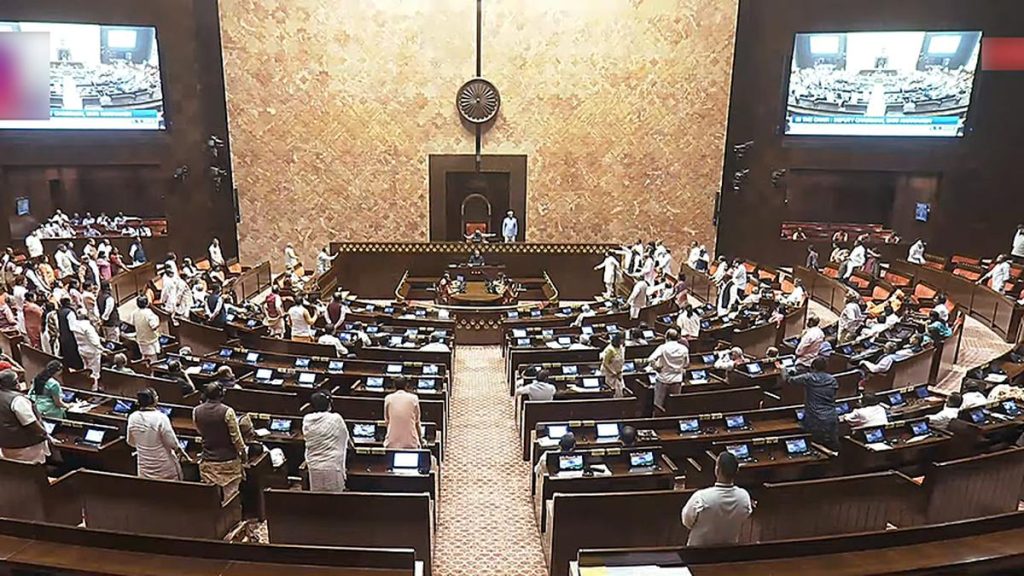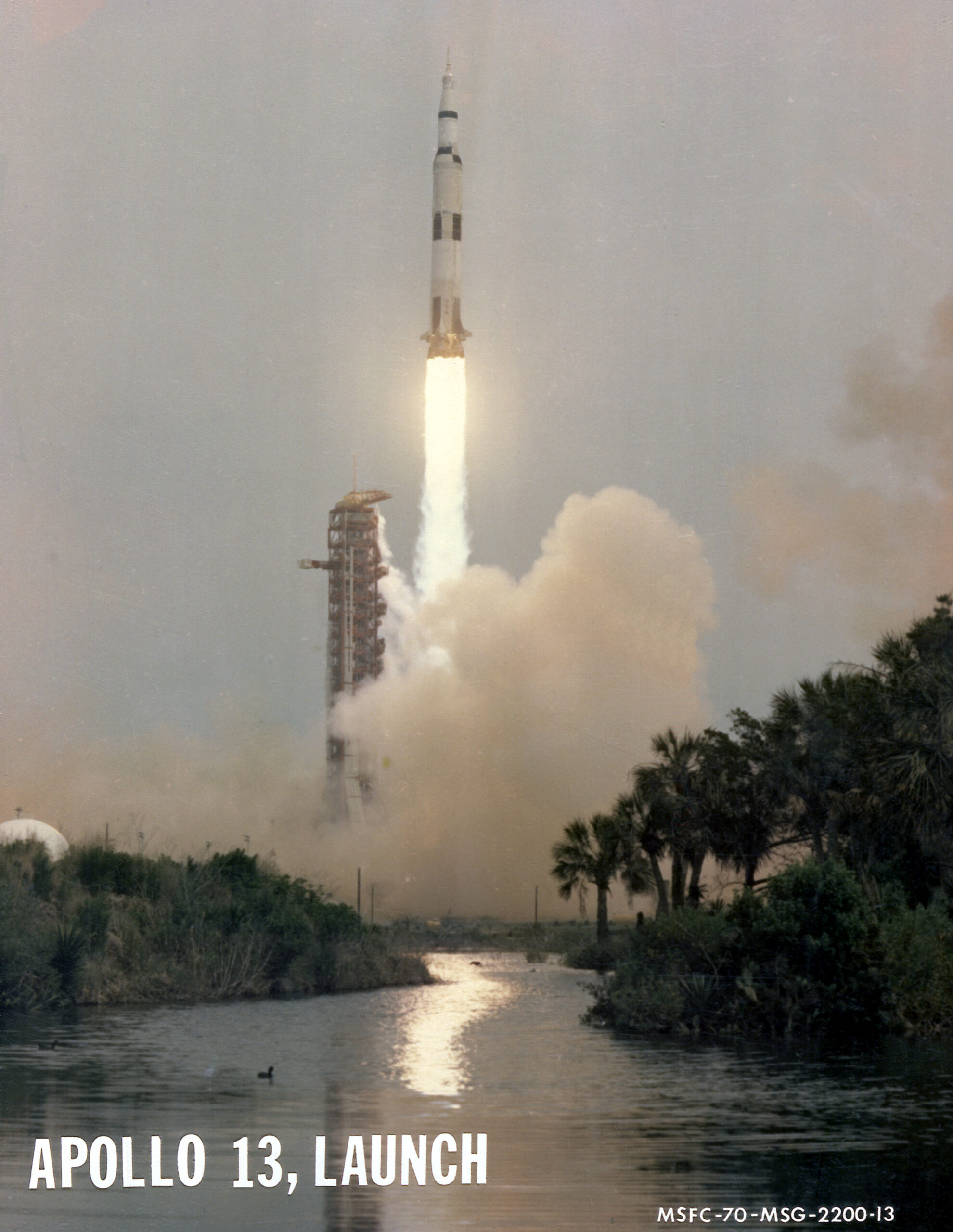Now Reading: NASA’s IMAP Undergoes Testing at Marshall Space Flight Center
-
01
NASA’s IMAP Undergoes Testing at Marshall Space Flight Center
NASA’s IMAP Undergoes Testing at Marshall Space Flight Center
Quick Summary:
- Date and location: On March 18, NASA’s IMAP (Interstellar Mapping and Acceleration Probe) spacecraft arrived at Marshall Space Flight center in Huntsville, Alabama, for thermal vacuum testing.
- Mission Objective: IMAP aims to study the heliosphere (a protective bubble created by solar wind) by mapping its boundary and analyzing interstellar particles. It will orbit at Lagrange Point 1 (L1), located one million miles from Earth toward the Sun.
- Testing details: At Marshall’s X-ray and cryogenic Facility:
– The spacecraft is undergoing tests simulating harsh space conditions such as extreme temperatures and near-total absence of atmosphere.
– Testing includes potential failure identification to ensure robustness during launch and operation.
- Core Functions:
– It carries ten instruments for scanning the heliosphere, solar wind, and othre cosmic phenomena.
– IMAP enables continuous broadcast of real-time space weather data to refine prediction models affecting human space exploration.
- Facility Specifications:
– The facility features a large thermal vacuum chamber (20 feet in diameter; 60 feet long).
– It is connected to an ISO Class 6 cleanroom for contamination control during testing procedures.
- Launch Timeline: Scheduled launch on SpaceX Falcon 9 from Kennedy space Center no earlier than September.
Indian Opinion analysis:
The IMAP mission has significant scientific value with global importance since heliosphere analysis addresses fundamental questions about cosmic radiation protection-a factor influencing life sustainability in our solar system. While primarily a NASA project,insights gleaned about space weather could have direct implications for nations like India as they expand their own ambitions in space exploration.
India’s investment into missions like Aditya-L1 aligns with similar goals of understanding solar influences on Earth’s dynamics. Collaborative opportunities or data exchanges from missions such as IMAP could enrich Indian research capabilities while streamlining development efforts through shared learnings around instrument design or operational strategies.
From an international outlook, this mission underlines growing needs for robust systems capable of accurate predictions regarding the impacts of space weather-a concern not solely limited to astronauts but essential for protecting satellite networks critical across industries worldwide.



























